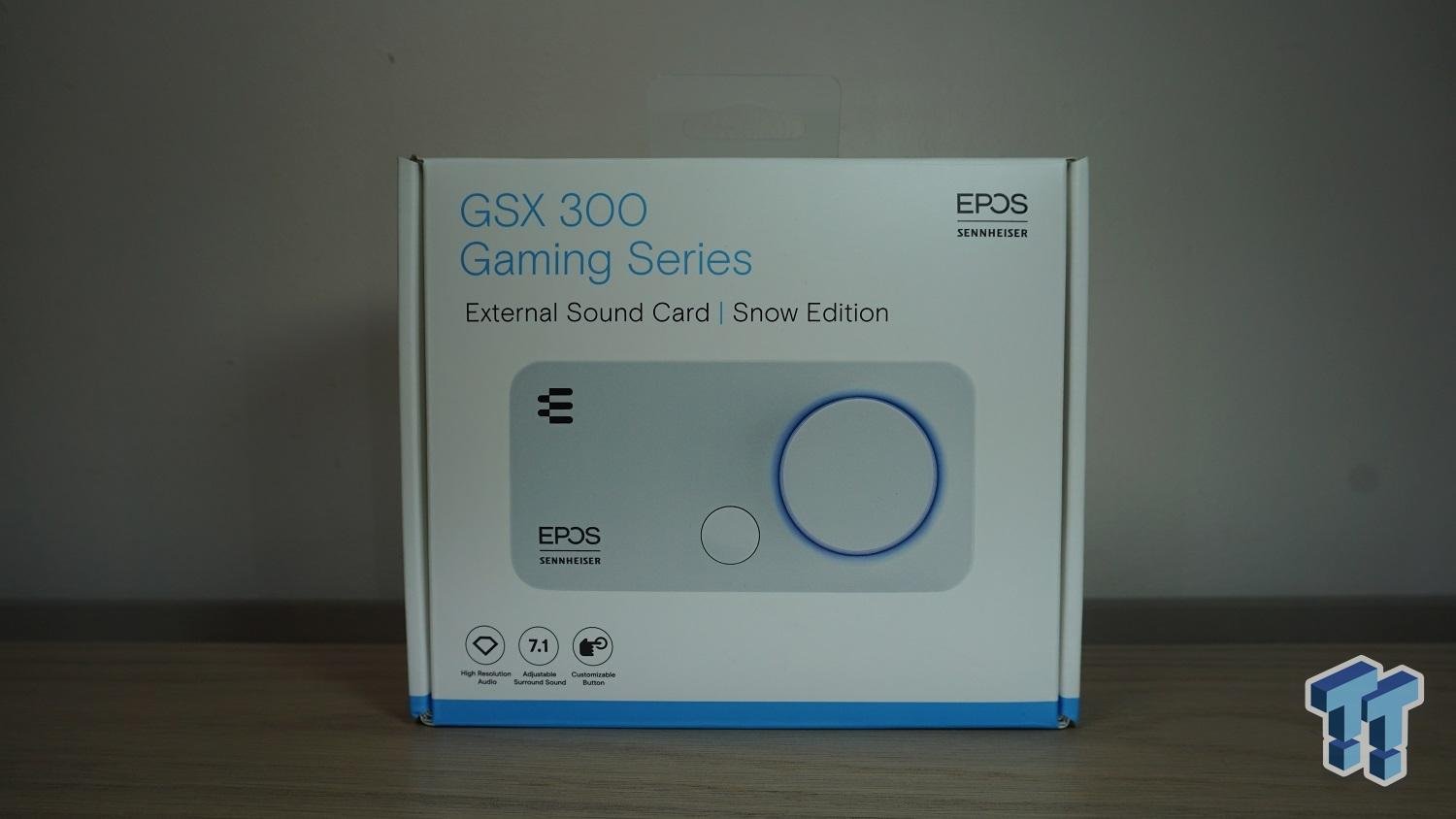This post deals with a slightly confusing topic for some of us working on music or audio on a computer…
- In this video tutorial you will learn how to Install HP Mobile Broadband Module Device for and how to active sim card device and how to use internet on PC.
- The Sims 2 runs contrary to the normal gaming upgrade model that usually calls for a bigger video card. With most games, you can get away with upgrading your graphics to squeeze out better.
The topic of “drivers”.
Unfortunately the Intel Iris Pro card is not on the list of those supported by EA for The Sims 3, so help is unlikely to be forthcoming in that regard. However let's see if we can gather some information amongst ourselves. 13-inch Macbook Pro BluebellFlora has advised that those with 13' Macbook Pro may have graphics issues if they have the. Same day shipment subject to order size limitations, Dell standard shipping methods and payment via credit card, gift card or Dell Business Credit. Notification will be provided if there are payment delays which could impact shipping date. Electronics and accessories may ship separately. Smart Selection. Limited quantities.
Computers are great, but they’re only good them when they work, and especially when they’re doing what they’re supposed to do.

But when it comes to a tech issue, it becomes immediately frustrating, so much so you might want to hulk-smash and throw your PC out the window…
Hopefully, that will never happened. But if you spend some time setting your studio with your music production laptop or computer, to get everything to work together, you’re going to need to get the best audio drivers for music production.
See other topics:
What is an Audio Driver?
It’s that mysterious software component that does something that you’re not sure of but is essential somehow.
Well, essentially all a driver does is to make a piece of hardware on your computer communicate with the software on your computer. That’s it.
Drivers Sims Sound Cards & Media Devices Download
An audio driver’s purpose, then, is to ensure that whatever audio device you’re using, whether it’s your computer’s local audio device, or, more preferably, an audio interface you connect to it, is communicating with your software program, such as a digital audio workstation, or audio plugins.
As far as how this relates to music production or the home recording studio, we’ll shed a little light on the topic. But at it’s basic, you already told you what it is, now you need to know what’s the best driver solution for your setup, and where to get it.
This post is primarily directed at Windows users on either PC or laptop who are either music producers, composers, DJs, instrumentalists or vocalists. So if you’re any of the above, keep on reading.
Some Basic Knowledge
There are many very good Windows-based laptops that you can use to work on music. However, as you begin to progress you will notice something called, “latency”.
What is latency?
Well, according to Wikipedia, latency is:
“a short period of delay between when an audio signal enters and when it emerges from a system.”

You begin to notice it when you play a VST instrument using your MIDI controller, or record an instrument like a bass, or vocals. There is a little bit of a time discrepancy between what you hear and what the system produces through the speakers or headphones. Because of this, the person playing their instrument may make adjustments in their performances to compensate. An effect which can have unpleasant results.

The reason why this happens is that the signal needs to be received, converted and processed, then outputted by the computer before you can hear it. If you’re monitoring and recording/composing real-time, this can be an unpleasant experience if there is too much of a lag. In consumer computers, such as a typical Microsoft Windows PC, the audio drivers can cause latency of up to 500ms, which is quite detectable by the human ear. To offshoot this problem, the standard solution is to get an interface optimized to reduce the delay down to an undetectable value.
In consumer computers, such as a typical Microsoft Windows PC, the audio drivers can cause latency of up to 500 ms, which is quite detectable by the human ear. To offshoot this problem, the standard solution is to get an interface optimized to reduce the delay down to an undetectable value.
Solution…
A popular solution to this problem is the ASIO. Short for Audio Stream Input/Output, and specified by Steinberg, (makers of the legendary DAW Cubase), ASIO bypasses the layers required to process audio signal in the PC system, connecting your music production software directly to the system’s sound card.
Hence, many modern music making and editing applications utilize the ASIO specification so that working with music in real time is achievable.
That means, in order for you to enjoy the best music making experience on your Windows PC, you’ll need to get an audio driver for music production.
What Audio Driver to Get
ASIO4ALL
Before 2003, you’d probably have to go to a store and purchase a sound card with a supported ASIO. But now there is something that can universally connect your PC’s audio device directly to your music production software for seamless music-making fun.
And it’s free: ASIO4ALL.

ASIO4ALL is a universal audio driver for Windows systems. Since consumer PCs generally don’t come with a native ASIO device driver, ASIO4ALL was created so that the Windows audio driver and Windows USB can appear as ASIO to your digital audio workstation, giving it dedicated priority so that, as mentioned above, it bypasses the layers of audio processing within your system.
It’s easy to install, and you can just forget about it afterwards (you can remember to update it every once in a while when new versions come out).
There is one caveat to ASIO4ALL, and that’s if you’re using an audio interface.
Audio Interfaces
Drivers Sims Sound Cards & Media Devices Online
Besides ASIO4ALL, there are the drivers specific to your USB audio interfaces. It’s not recommended to use ASIO4ALL with your USB audio interface, although it is possible. But doing that may cause performance issues.
What is a USB Audio Interface?
For the uninitiated, a USB audio interface gives you professional grade audio quality for your output signal. It also creates a direct line to your digital audio workstation for recording your instruments or vocals.
Audio interfaces range from under $100 to into the thousands, so depends on what you’re looking for. Primarily, your choice of audio interface will be based upon factors like: how many connections do you need for all you microphones and instruments and monitoring gear; if you require outbound DSP processing; do you want something that’s rackmountable, portable, or that sits on your desktop. We can look more deeply in the audio interface in the audio interface guide.
That being said, the audio interface you purchase will like have the best audio driver you need, which either will come with the package to install on your computer, or you will be given a link to download it from the manufacturer’s website.
Do you need an audio interface?
There are many who start out not even using an USB audio interface, primarily if they decide to use a USB microphone, or plan on just composing music within the DAW using plugins, and monitoring via the headphone jack.
Even though this process is not ideal, you can call it the “poor man’s” home studio, in which his home studio actually consists of a laptop and a pair of headphones. That said, when it come to getting good mixes, you’ll need an audio interface, even the most portable kind, which will have the right driver for your computer to work with your DAW and audio software devices.
However, if you do choose to go the “poor man’s home studio” route, download and install ASIO4ALL.
Hopefully, this helps to clear up any confusions on audio drivers, what they are, and what to get.
Take a look at the home recording studio guide to find the all the best gear you’ll need to build your best home studio!
GeForce Game Ready Driver
| ||||||||||||||
